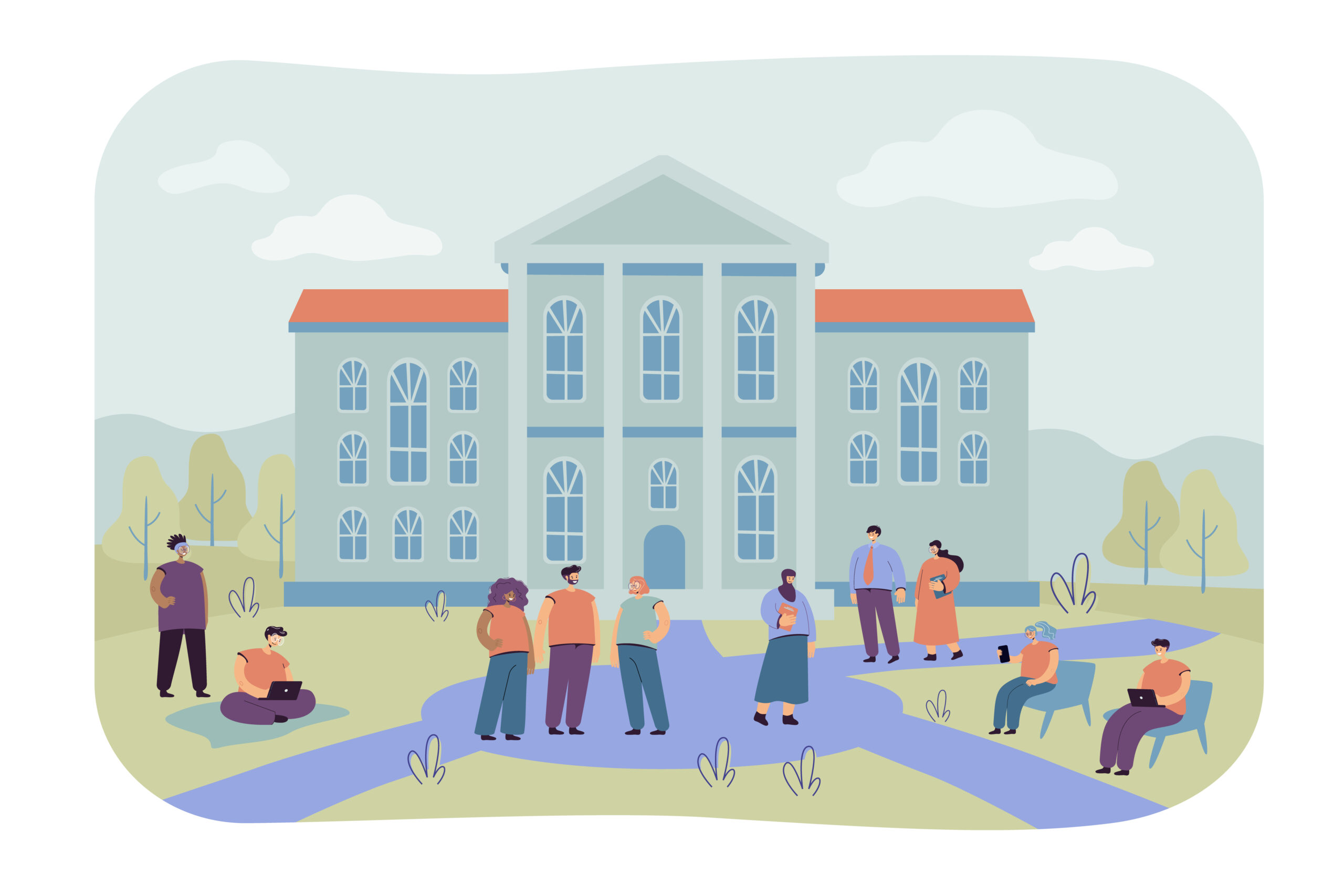There’s something delightfully rebellious—almost poetic—about the idea of having a milkshake for breakfast. It flips convention on its head and dares us to rethink the rules that no longer serve us. It invites us to break from the mechanical, institutionalized routines of dining that dominate college campuses. And more importantly, it speaks to a deeper truth about the student experience: college isn’t just about class schedules and credit hours. It’s about identity, independence, and belonging. That journey should start, quite literally, with breakfast.
In my work as a social architect, I often talk about dining not as a transactional function, but as a transformational tool. When you walk into a campus dining hall, what do you see? A utilitarian food line? Or a vibrant community hub? If it’s the former, something is broken. And perhaps, the first step in fixing it starts with handing students the freedom to choose their experience—whether that means scrambled tofu or a double-chocolate milkshake at 8:00 a.m.
Institutional Dining is Outdated—Students Deserve Options
College students today live in a different universe than their predecessors. They are global, multicultural, digitally native, and wellness-conscious. But they’re also anxious, sleep-deprived, and, increasingly, isolated. A meal is not just sustenance—it’s social capital. Every tray, every table, every time someone eats with someone else, that meal becomes a vehicle for friendship, empathy, and connection.
Yet many institutions still operate under rigid dining rules: breakfast ends at 9:30 a.m. sharp. Lunch starts at 11:00. Dinner closes by 7:00 p.m. No substitutions. No shakes before noon. And no room for personalization. We are asking our students to live according to 1950s norms in a 21st-century world. If they want a milkshake for breakfast—or a grain bowl for dinner—why are we telling them no?
Milkshakes Aren’t Just Treats—They’re Symbols
Now let’s be clear: this blog isn’t about promoting sugar. It’s about promoting autonomy, joy, and emotional well-being. When a student grabs a milkshake at 9:00 a.m., it’s not a nutritional statement—it’s an emotional one. They’re saying, “I get to decide how I start my day. I’m in control.” That’s empowering.
Think of it this way: a milkshake can be packed with protein, dairy or plant-based nutrition, and fresh fruit. With the right ingredients, it becomes both a comfort food and a wellness food. And it doesn’t need to exist on the margins of a dessert menu. It can live front and center—just like the students it serves.
The Dining Hall as a Third Place (and First Place)
Sociologist Ray Oldenburg coined the term “third place” to describe the social spaces outside of home (first place) and work (second place) where community is built, but for residential students, the dining hall is their new first place. Their dorm room may be where they sleep, but the dining venue is where they come alive. It’s where they find their people.
For commuter students, faculty, and staff, it may very well be their most vital third place—a place to gather, share ideas, and feel part of something greater. The question is: are we designing dining environments with this in mind? Or are we designing for throughput, compliance, and cost control?
If a milkshake for breakfast seems like a small gesture, you’re missing the point. That small gesture says: You are seen. Your preferences matter. You belong.
SOCIAL ARCHITECTURE™ and the Cure for Loneliness
College is the proving ground for adulthood, but it can also be painfully lonely. Especially for young men, who increasingly lack close friendships, meaningful connections, and coping tools. We’ve seen it across campuses from coast to coast: isolation, anxiety, and a quiet desperation hiding behind earbuds and hoodies.
What if we could change that through the dining experience?
This is the heartbeat of SOCIAL ARCHITECTURE™—our signature approach that sees food not as a line item, but as a lifeline. When students are given agency over their dining, when they feel welcome at the table, when the environment sparks interaction instead of inhibition, they start to connect. With others. With themselves. With their campus. With life.
Every Day, Every Student, Every Palate
We believe in what I call the Universal Platform Promise—that every day, a student should be able to find all of the following available, without exception:
- Classic comfort foods: fries, burgers, mac & cheese
- Allergen-free and plant-forward options
- Global cuisines and customizable stations
- Protein-packed smoothies and yes, milkshakes—any time of day
This isn’t about indulgence. It’s about inclusivity. The diversity of our student body demands a diversity of offerings. Anything less is failure.
How Much Are You Charging for This Meal Plan?
Here’s the kicker: most institutions are charging students between $5,000 and $9,000 per year for a mandatory meal plan. That’s a massive investment. Would you pay $8,000 to eat at a restaurant that doesn’t let you choose what you want, when you want it?
Students aren’t unreasonable. They know how much they’re paying. They want value. They want flexibility. They want food that fits their lifestyle and fuels their goals.
And you know what? They want to have fun. Sometimes that fun comes in the form of a cold milkshake on a hot morning before an exam. Why should we say no?
The Call to Action: Start the Conversation
Whether you’re a college president, CFO, auxiliary services director, or student life leader—it’s time to ask: are we creating a dining experience that honors who our students are today? Or are we still operating under legacy assumptions?
The milkshake is a metaphor. It represents a break from old models. A shift toward human-centered dining. And a recognition that joy and choice matter just as much as nutrition and schedules.
Start with breakfast. Rethink your platform. Consider your hours. Your menu. Your staff’s engagement. Reimagine your dining spaces as social launchpads, not feeding troughs.
And maybe—just maybe—start serving milkshakes in the morning.
Because when you give students freedom, flavor, and friendship, you give them something even greater: a sense of home.
















